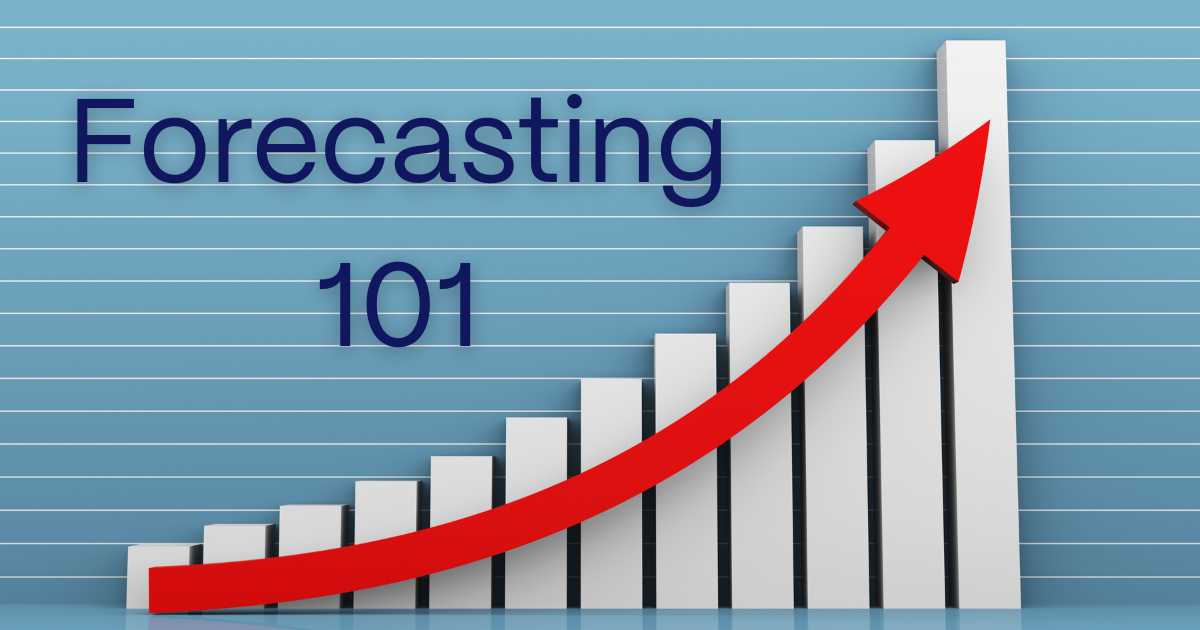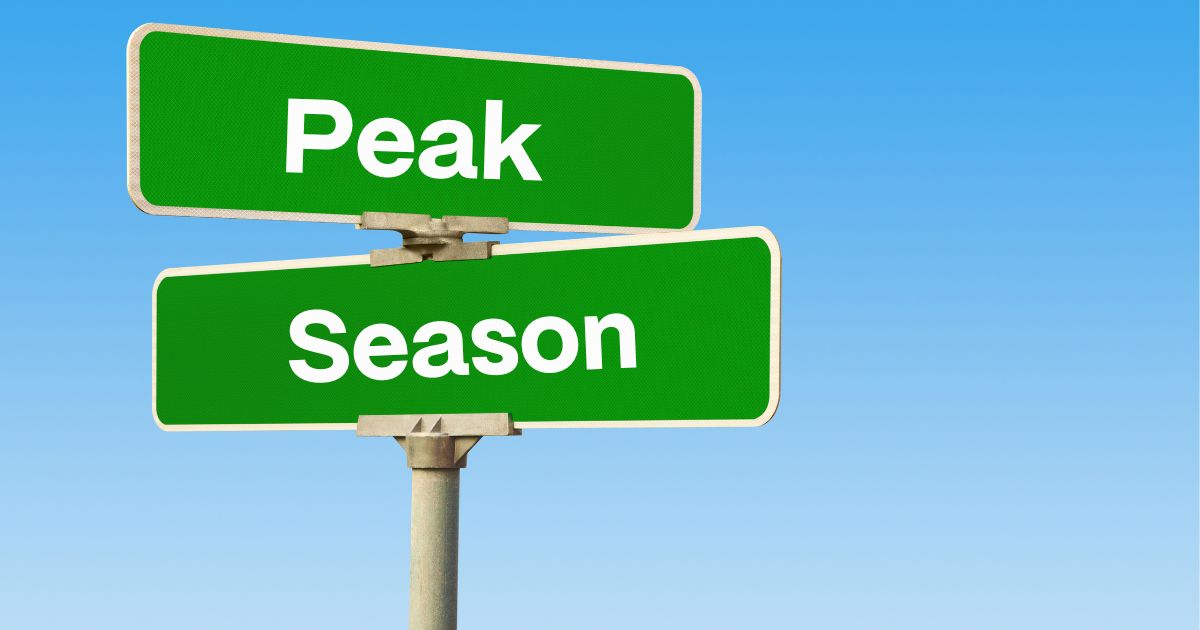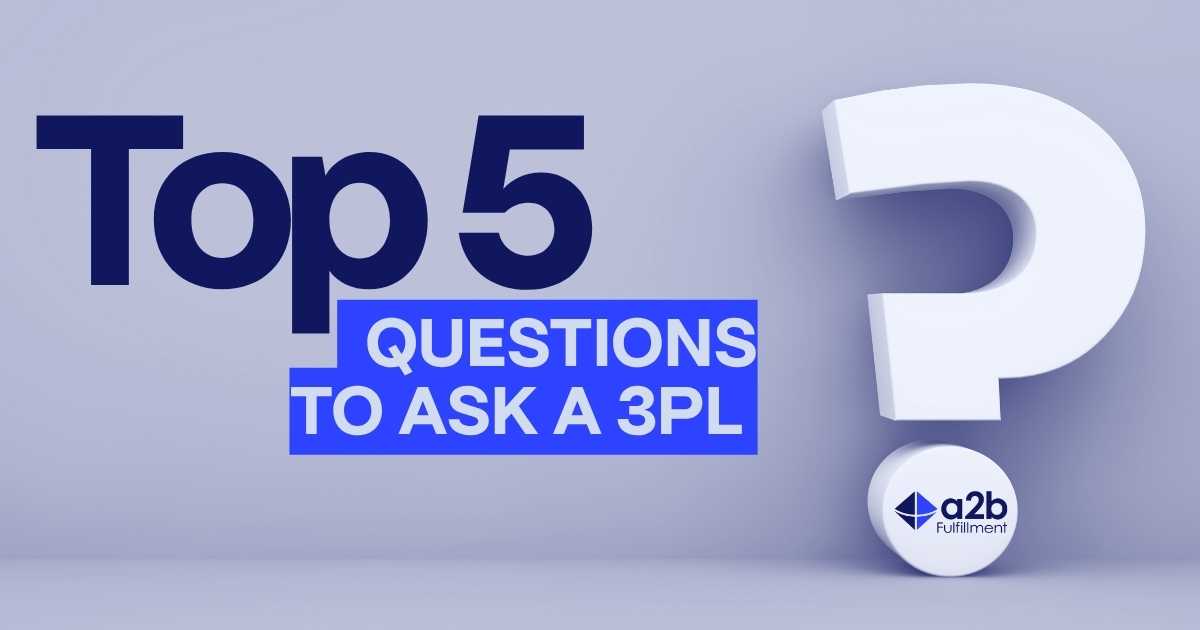Introduction
For online sellers, very few tools are as powerful as accurate demand forecasting. As e-commerce continues to grow and consumer behaviors become increasingly dynamic, the ability to anticipate what customers want, when they want it, and how much they'll buy can make the difference between thriving and merely surviving.
Accurate demand forecasts enable sellers to optimize inventory, plan promotions, and allocate resources effectively. On the flipside, poor forecasting accuracy can result in stockouts, excess inventory, wasted marketing dollars, and damaged brand credibility. In this guide, we’ll explore why forecasting is essential, the top five demand forecasting methods online sellers can use, and how to get started or improve what you're already doing.
Benefits of Accurate Forecasting
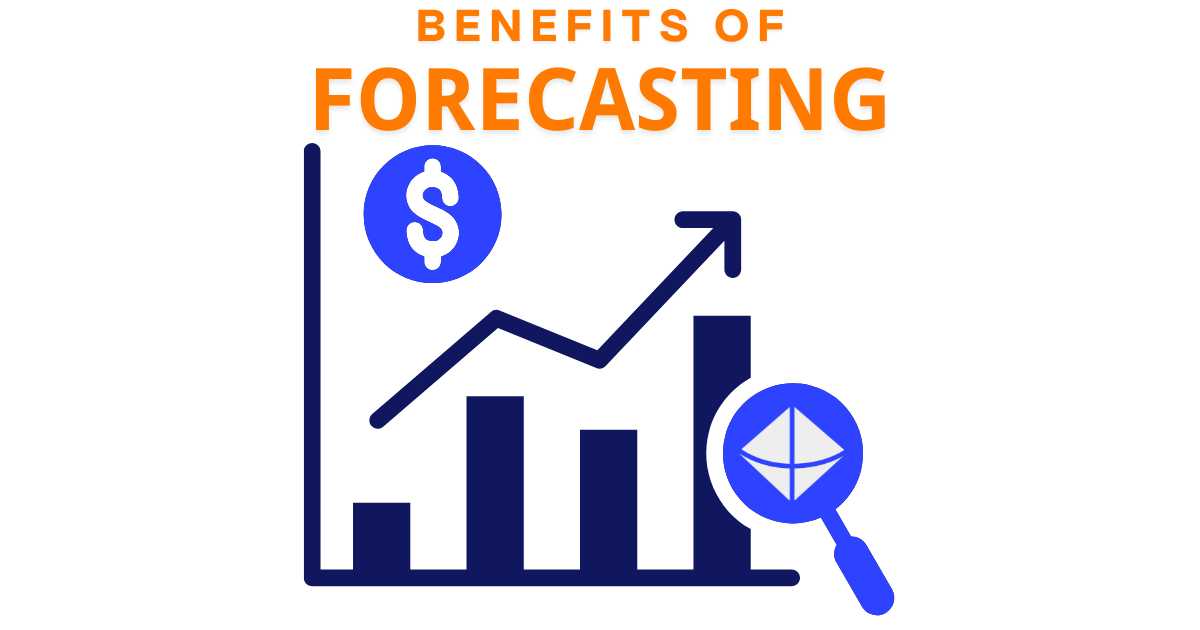
- Financial Efficiency and Cost Savings
- Avoids overstocking, reducing holding and obsolescence costs.
- Capacity planning prevents stockouts, ensuring consistent sales and revenue even through seasonal demands.
- Lowers expedited shipping and emergency procurement expenses based on historical sales.
- Improved Customer Satisfaction
- Reliable stock availability increases buyer trust and repeat purchases.
- Faster fulfillment from optimized inventory placement.
- Better Inventory Levels and Warehouse Management
- Efficient use of warehouse space based on projected needs.
- Streamlined operations and reduced storage costs.
- Smarter Marketing and Promotion Planning
- Sync demand forecasts with promotions for maximum ROI.
- Prevents running out of stock during high-demand campaigns.
- Enhanced Cash Flow and Investment Strategy
- Better inventory management turnover improves liquidity.
- Clearer outlook supports better financial and investment planning for successful business strategies.
Top 5 Forecasting Models for Online Sellers

- Moving Average (Simple and Weighted)
- Uses a set number of past periods to calculate future demand.
- Simple to apply in Excel or basic inventory systems.
- Best for stable products with little seasonality.
- Weighted models prioritize recent data for more relevance in predictive analytics.
- Exponential Smoothing (SES, Holt’s, Holt-Winters)
- Accounts for trends and seasonality.
- More adaptable than moving averages.
- Holt’s method handles trends; Holt-Winters manages both trend and seasonality
- ARIMA (AutoRegressive Integrated Moving Average)
- Advanced time series model that works with autocorrelated data.
- Requires statistical expertise but yields strong results.
- Best for products with actual demand patterns.
- Regression Analysis
- Incorporates external factors like price changes, marketing spend, or economic data.
- Ideal for businesses influenced by multiple factors.
- Provides insights into causality and variable impact.
- Machine Learning Models (Random Forest, XGBoost, Neural Nets)
- Great artificial intelligence for complex, nonlinear patterns and large data sets.
- Qualitative methods can capture seasonality, promotions, and external factors.
- Require technical skills or software but offer powerful, adaptable insights.
Seasonality and External Variable Adjustments
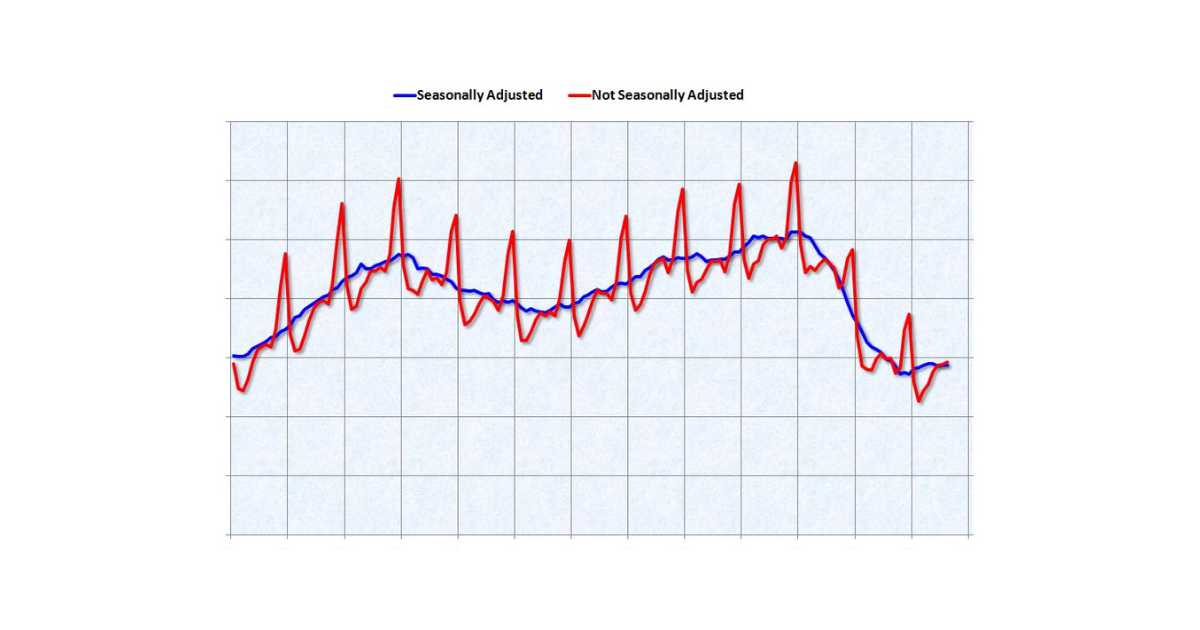
- Integrate seasonal patterns into models like Holt-Winters or machine learning inputs.
- Use promotional calendars and events (e.g., Black Friday, Prime Day) to flag anomalies in demand for products.
- Factor in regional or weather-based demand shifts with historical shifts.
- Monitor market trends from Google Analytics, social media, and competitor activity.
Tips and Tricks for Better Forecasting
- Clean Your Data: Remove outliers, ensure consistency, and segment by SKU.
- Choose the Right Forecast Horizon: Use short-term demand forecasting for weekly ops, long-term for planning.
- Blend Human and Machine Intelligence: Combine model output with team insights.
- Collaborate Across Teams: Sales, marketing, and ops should align on forecast assumptions.
- Monitor and Adjust: Recalibrate models monthly or quarterly based on performance and economic conditions.
- Visualize Forecasts: Use dashboards for clarity and actionability.
Tools and Software Recommendations
- Beginner Tools: Excel (moving averages, exponential smoothing functions).
- Intermediate Platforms: Inventory Planner, Lokad, Forecast Pro.
- Advanced Solutions: NetSuite, Anaplan, SAP IBP.
- ML-Friendly: Python (pandas, scikit-learn), Prophet by Meta, Azure ML, Google AutoML.
Conclusion

Accurate forecasts aren't just a back-office task, it’s a strategic function that drives informed decisions across your business. With the right models, tools, and commitment to continuous improvement, online sellers can turn prediction into profit.
If you're just getting started, begin with simple models and grow your sophistication over time. Forecasting success comes from consistency, collaboration, and a willingness to adapt as your business and the market evolve to meet future demand with the help of advanced analytics.
Ready to take control of your short and long-term demand forecasting? Let forecasting be your competitive edge in 2026 and beyond.
